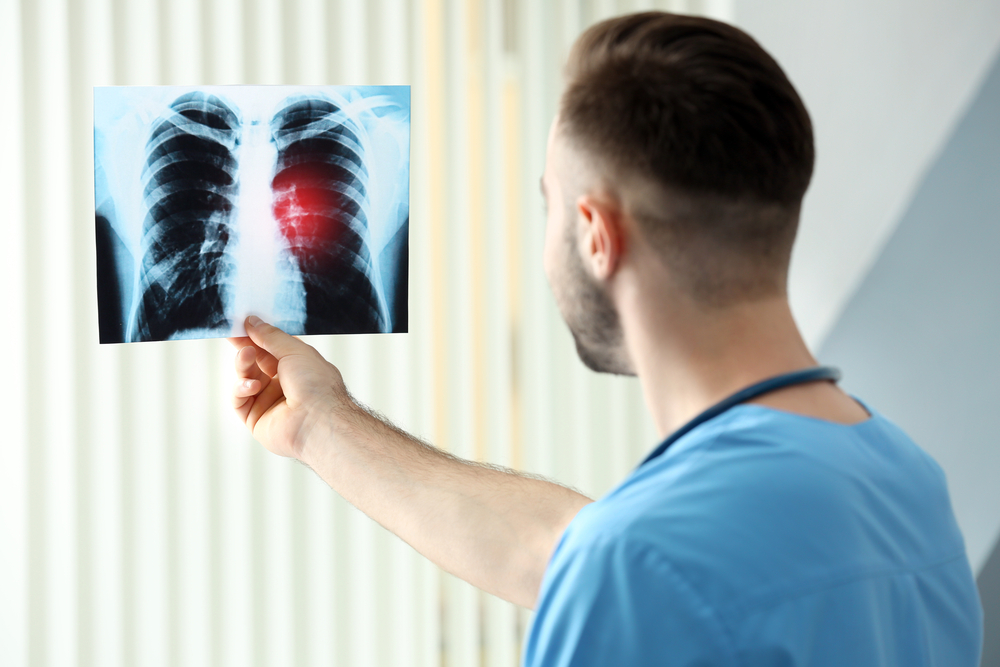Comprehensive Guide to Bacterial Lung Infections: Causes, Symptoms, Diagnosis, and Treatments
This article provides an in-depth overview of bacterial lung infections, detailing causes, symptoms, diagnosis, and treatment options. It emphasizes risk factors and preventive measures such as vaccination. Recognizing symptoms early and seeking prompt medical care are crucial for effective management and recovery. The piece is a valuable resource for individuals at risk and healthcare professionals alike.

Comprehensive Guide to Bacterial Lung Infections: Causes, Symptoms, Diagnosis, and Treatments
Overview of Bacterial Pneumonia: Causes, Symptoms, Detection, and Management
Bacterial pneumonia is a lung infection mainly caused by bacteria such as Streptococcus pneumoniae. A strong immune system helps prevent the disease, while a weakened one increases risk.
Individuals at Higher Risk of Developing Bacterial Pneumonia
People more susceptible include those with:
Chronic illnesses like diabetes, heart problems, or asthma
Senior adults aged 65 and above
Poor nutrition lacking essential vitamins and minerals
Post-surgical recovery patients
Immune-compromised individuals
Heavy smokers and alcohol consumers
Those with viral pneumonia
Recognizing the Symptoms of Bacterial Pneumonia
Symptoms often include:
Intense chest pain
Breathing discomfort and coughing
Cough with green, yellow, or blood-tinged mucus
Shivering and chills
High fever between 102°F and 105°F
Reduced appetite
Pale, moist skin
Heavy sweating
Muscle aches
Confusion or mental fog
Headache
Rapid or difficult breathing
Extreme tiredness
In children, bluish lips and nails may signal severe oxygen deficiency.Types of Bacterial Pneumonia
Community-acquired pneumonia (CAP): Acquired outside healthcare settings, spread via coughs and close contact.
Hospital-acquired pneumonia (HAP): Contracted within healthcare facilities, often resistant to antibiotics.
Common Bacteria Causing Pneumonia
Streptococcus pneumoniae is the leading cause.
Haemophilus influenzae is also frequent.
Immunocompromised individuals may also face infections from bacteria like Staphylococcus aureus, Moraxella catarrhalis, Streptococcus pyogenes, Neisseria meningitidis, and Klebsiella pneumoniae.
Diagnostic Steps for Bacterial Pneumonia
Blood tests to detect bacteria in the bloodstream
Analysis of mucus samples
Complete blood count (CBC) to check white blood cell levels
Bacterial testing of mucus
Chest X-ray to confirm infection and assess severity
Treatment Options
Most cases resolve with prescribed antibiotics within three weeks, though recovery may be slower in immunocompromised patients.
Severe cases might require hospitalization, respiratory support, and IV antibiotics.
Maintaining hydration is crucial to prevent dehydration during illness.
Prevention Strategies
While bacterial pneumonia itself isn't contagious, the bacteria can spread between individuals.
Vaccination against pneumonia is highly effective and recommended for various age groups.
Prompt medical consultation is vital at symptom onset, especially for vulnerable populations, to prevent complications and ensure effective treatment.

